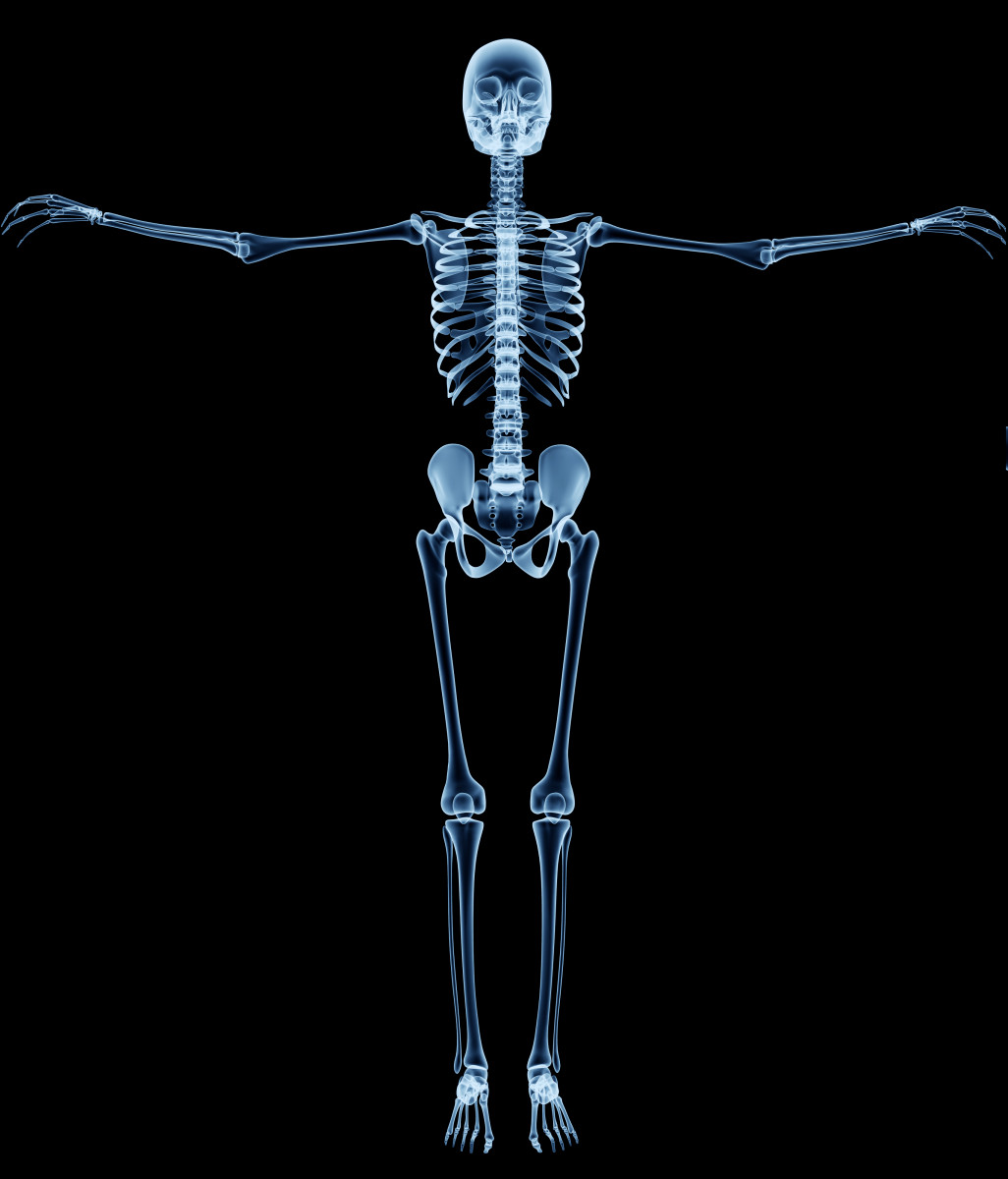Two Bone Density Scanning Methods Show Similar Results in CF Children
Written by |

Prepubescent children with cystic fibrosis (CF) have lower bone density compared to healthy children, and findings are comparable using two distinct bone density scanning methods, researchers report.
The study that supports that conclusion, “Peripheral quantitative computed tomography detects differences at the radius in prepubertal children with cystic fibrosis compared to healthy controls,” was published in the journal PLoS ONE.
The association of low bone density in CF was first described in 1979. CF-related bone disease continues to increase as the life expectancy of CF patients also increases.
Clinical guidelines recommend that CF individuals should be initially screened at the age of 18, if not before, via dual-energy X-ray absorptiometry (DXA). DXA scan is a special type of X-ray that measures bone mineral density in a two-dimensional way. It uses a very small dose of ionizing radiation to produce pictures of the inside of the body to measure bone density.
Although the DXA scan is the recommended clinical tool to diagnose bone loss in CF patients, there are other bone density scanning methods available, including the peripheral quantitative computed tomography (pQCT).
In comparison to the DXA scan, pQCT uses three-dimensional (3-D) imaging to evaluate bone geometry and true volumetric density for bones’ inner and outer layers (trabecular and cortical bone, respectively). It also enables bone parameters of the peripheral skeleton (e.g. radius, tibia and femur) to be examined in detail.
Few comparative studies of DXA and pQCT have been performed in young adults with CF, and there is a lack of information about the use of both methods in CF children.
With this in mind, scientists sought to compare the use of pQCT and DXA scans in 14 CF and 20 healthy prepubescent children with 6-12 years old. They also looked at inflammation biomarkers in both groups.
The team used pQCT to scan the radius — a long bone of the forearm — and DXA to scan the whole body.
Results showed that the CF group had reduced bone density in the distal portion of the radius (i.e., wrist area), and lower bone torsional strength (related to torsion, meaning a force acting on a structure and causing a twist of its vertical axis), compared to healthy individuals.
At the proximal site of the radius (i.e., elbow region), bone strength also was lower in the CF group compared with the control group.
In addition, the whole body bone density score assessed by DXA was lower in CF children. However, it failed to meet the criteria to define it as reduced bone density.
No changes were found in inflammation biomarkers between the two groups.
“In this group of pre-pubertal children with CF, measures of bone strength and density by both pQCT and DXA were reduced compared to healthy controls” concluded the researchers from the University of Arkansas and University of Southern California.
However, “although children with CF in this study have skeletal deficits as measured by pQCT compared to their healthy peers, there is currently not enough data to support using pQCT over DXA scans for screening purposes in this population”, the team wrote.






